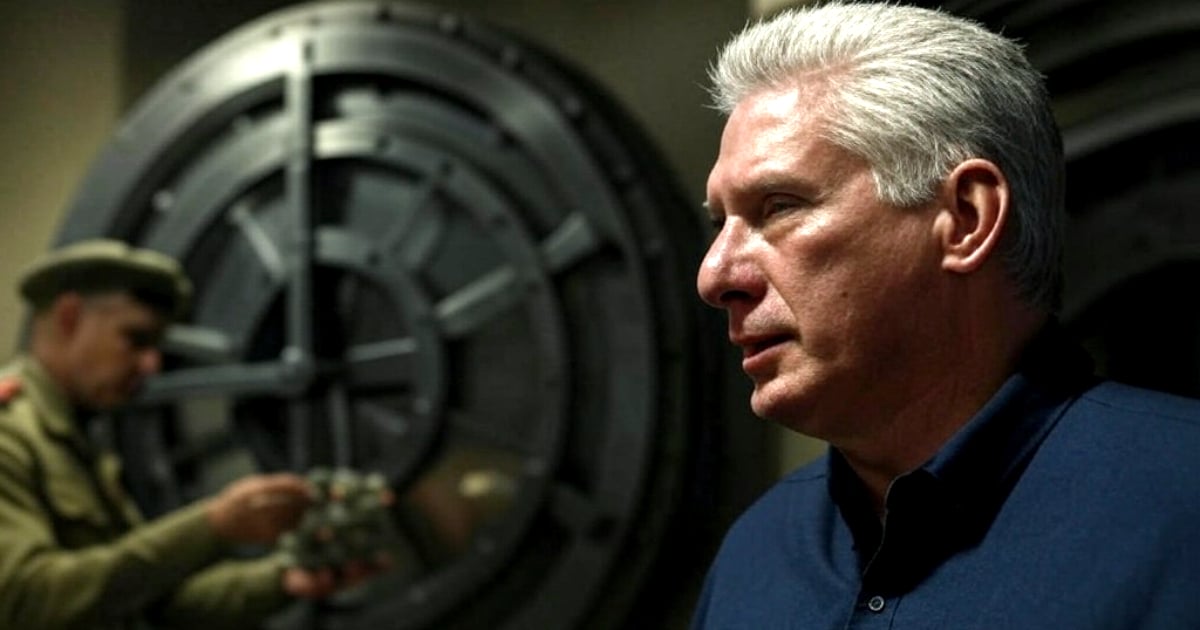The Cuban government's recent move towards partial dollarization of the economy has sparked a heated debate regarding its political and economic ramifications. While officials claim this step is essential for enhancing foreign currency availability and curbing its illegal circulation, critics like economist Pedro Monreal argue that it serves more as a political control tool rather than addressing economic needs.
Following the official announcement during the National Assembly of People's Power (ANPP), Prime Minister Manuel Marrero Cruz justified the partial dollarization by stating that "foreign currencies are moving illegally in society," and the decision aims to allow the government to control these currencies for the population's benefit. However, Monreal contends that this policy is not an unavoidable necessity but a choice by the government to solidify the State's economic power and exclude other market players.
Does Dollarization Deepen Economic Fragmentation?
In an in-depth analysis shared on X, Monreal warned that this process reverts Cuba back to an economic model similar to the one before the failed "Tarea Ordenamiento" reform, characterized by a segmented market, multiple currencies, and a gradual erosion of work incentives. According to Monreal, instead of fostering growth and development, partial dollarization exacerbates inequalities and hinders social welfare.
The government insists that dollarization is a precursor to dedollarization, but Monreal questions this logic. He argues that partial dollarization becomes a mechanism for value transfer that benefits certain state economic interests and tends to become entrenched over time, far from being a path to stability. Moreover, he noted that the government has opted for economic fragmentation centered around state monopolies, using control over remittances to avoid the existence of a functional exchange market.
Impact on the Population and Private Sector
The reintroduction of dollar stores and the expansion of foreign currency payments in specific sectors have elicited mixed reactions among the population. While some consumers welcome the availability of products, others criticize these measures for deepening economic disparities. For many families, the only way to access basic goods is through remittances from abroad or purchasing foreign currency in the informal market, where the Cuban peso continues to lose value.
The private sector is also affected by this policy. Partial dollarization does not eliminate the need to resort to the informal market for foreign currency; it may even increase demand and speculation. Without an official exchange market accessible to all, non-state actors must resort to unregulated means, causing greater instability and distrust in the economy.
Is an Exit Strategy Feasible?
Historically, dollarization in Cuba has been a cyclical phenomenon linked to economic crises. During the Special Period, the adoption of the U.S. dollar as legal tender was accompanied by a broader package of economic measures, including opening up to foreign investment and creating incentives for production. Currently, partial dollarization does not appear to be paired with comprehensive strategies for promoting productive development or recovering the value of the Cuban peso.
Monreal argued that, without structural changes in the economy, it is unlikely that partial dollarization will stabilize the situation. Deep reforms, including the establishment of an efficient exchange market, boosting productivity, and increasing wages in the national currency, are necessary. Without these complementary measures, partial dollarization risks becoming a permanent state that benefits certain sectors at the majority's expense.
The Political Dimension of Dollarization
The debate over dollarization in Cuba extends beyond economics, becoming a significant political issue. While the government defends the measure as a necessary evil to ensure stability, critics like Monreal warn of its long-term implications. The lack of transparency in currency management, the absence of an official exchange market, and the segmented access to goods and services are factors that continue to impact most citizens.
Amid a deep crisis, the critical question remains: is partial dollarization a step towards economic stability, or a tool to maintain state control over financial resources? The answer to this question will shape the course of the Cuban economy in the coming years.
Frequently Asked Questions about Dollarization in Cuba
What is the purpose of Cuba's partial dollarization?
The Cuban government claims that partial dollarization is necessary to improve foreign currency availability and control its illegal circulation. However, critics argue it is primarily a political tool to consolidate state economic power.
How does partial dollarization affect Cuban citizens?
Partial dollarization has led to mixed reactions among citizens. While some benefit from increased product availability, others criticize it for exacerbating economic inequalities. Many families rely on remittances or the informal market to access basic goods.
What impact does dollarization have on Cuba's private sector?
The private sector is affected as it still needs to access the informal market for foreign currency, potentially increasing demand and speculation. The lack of an official exchange market creates instability and distrust in the economy.
